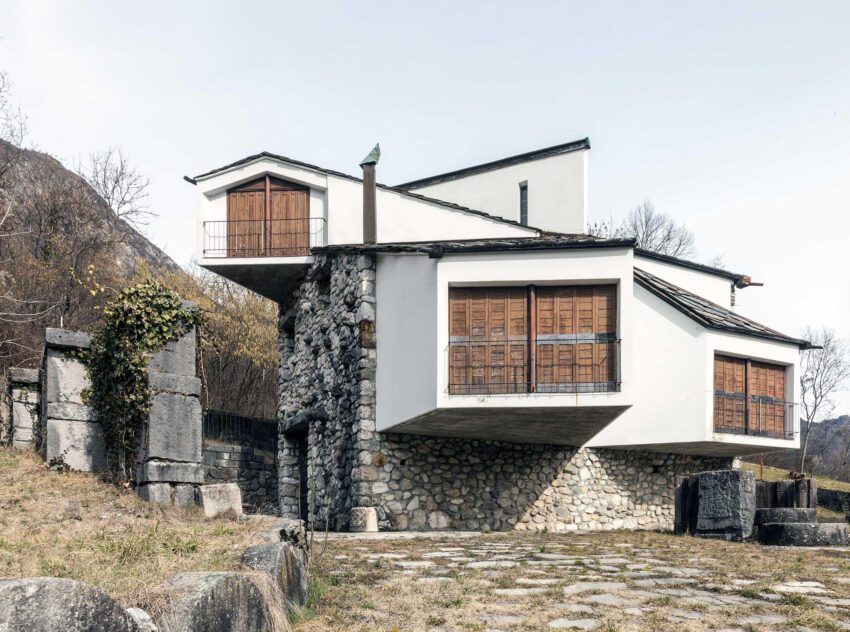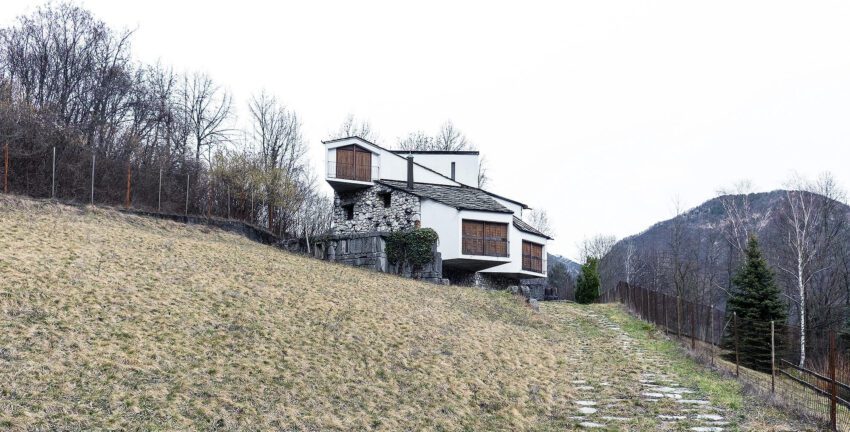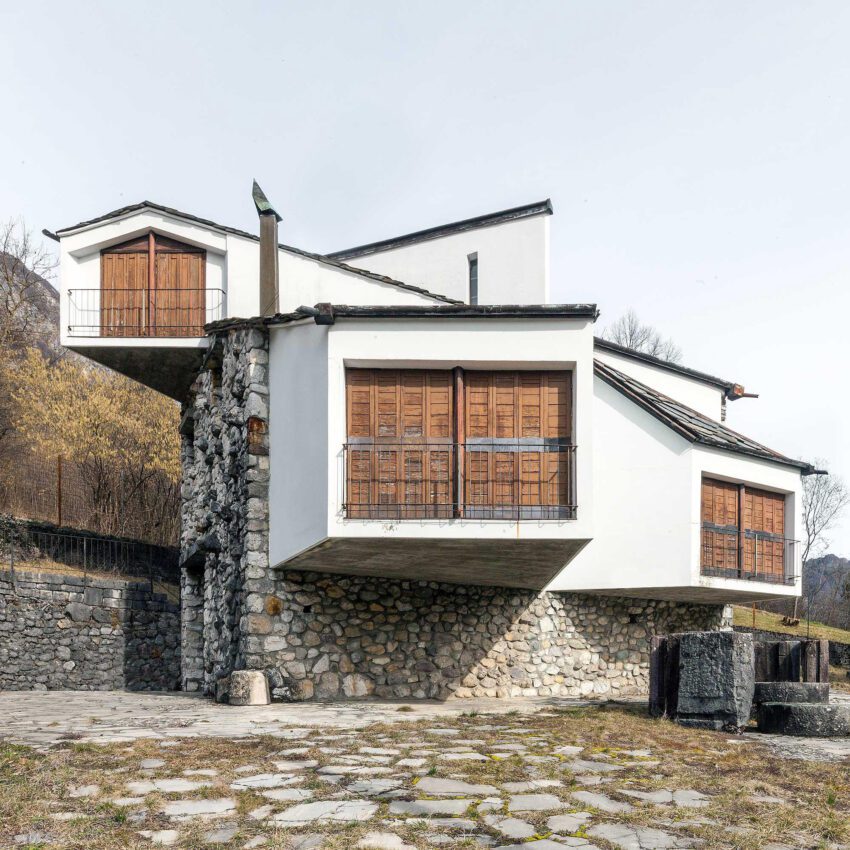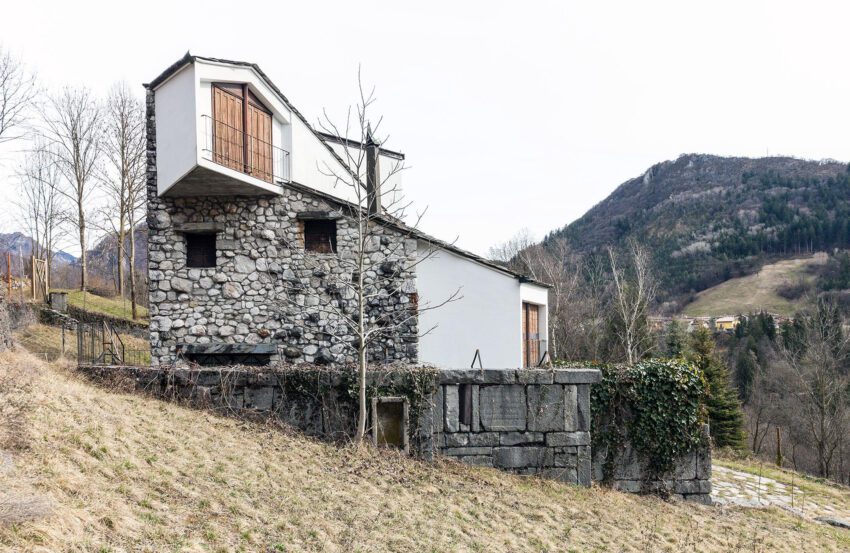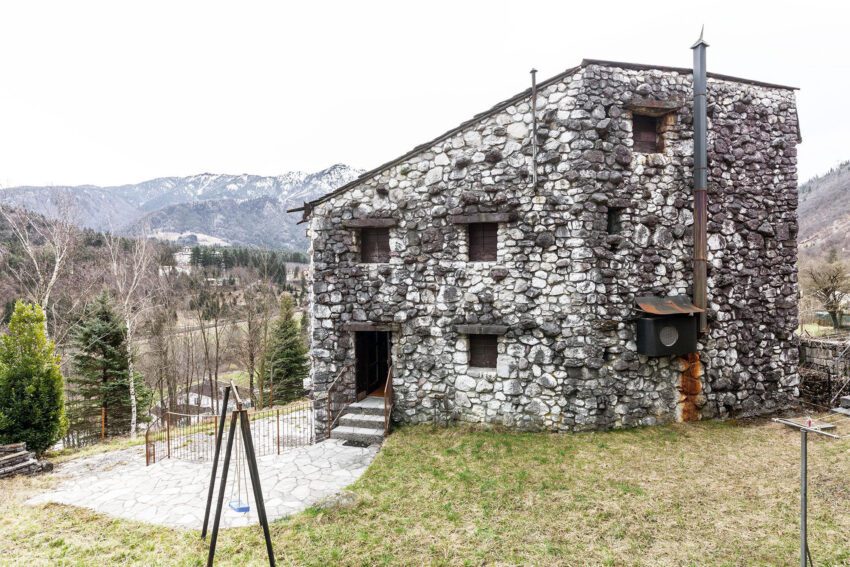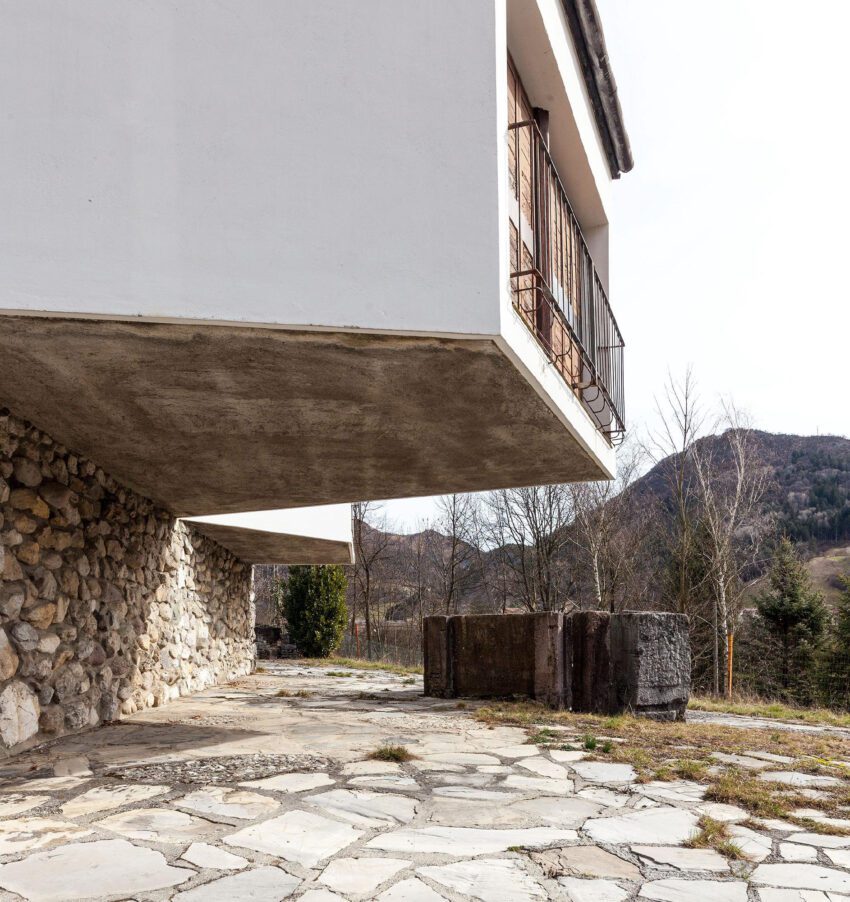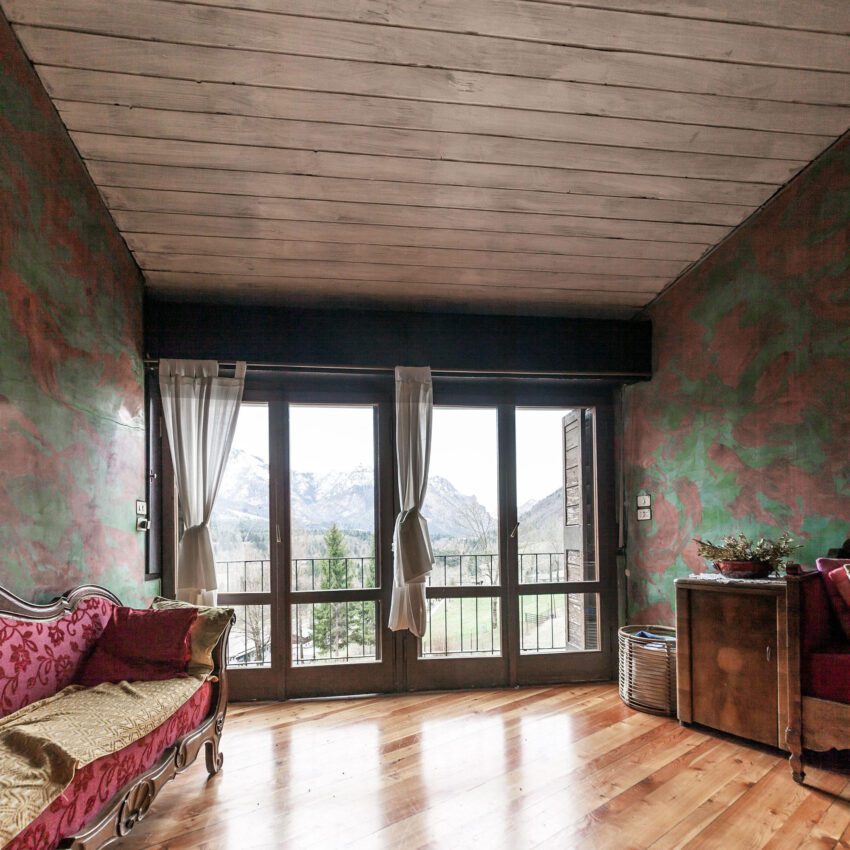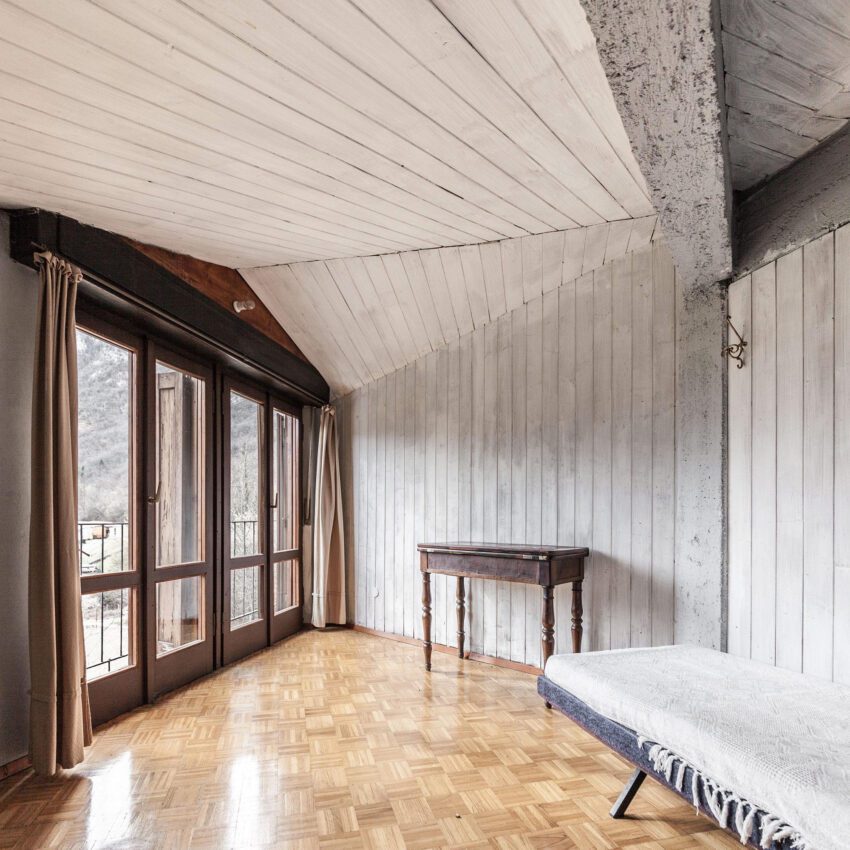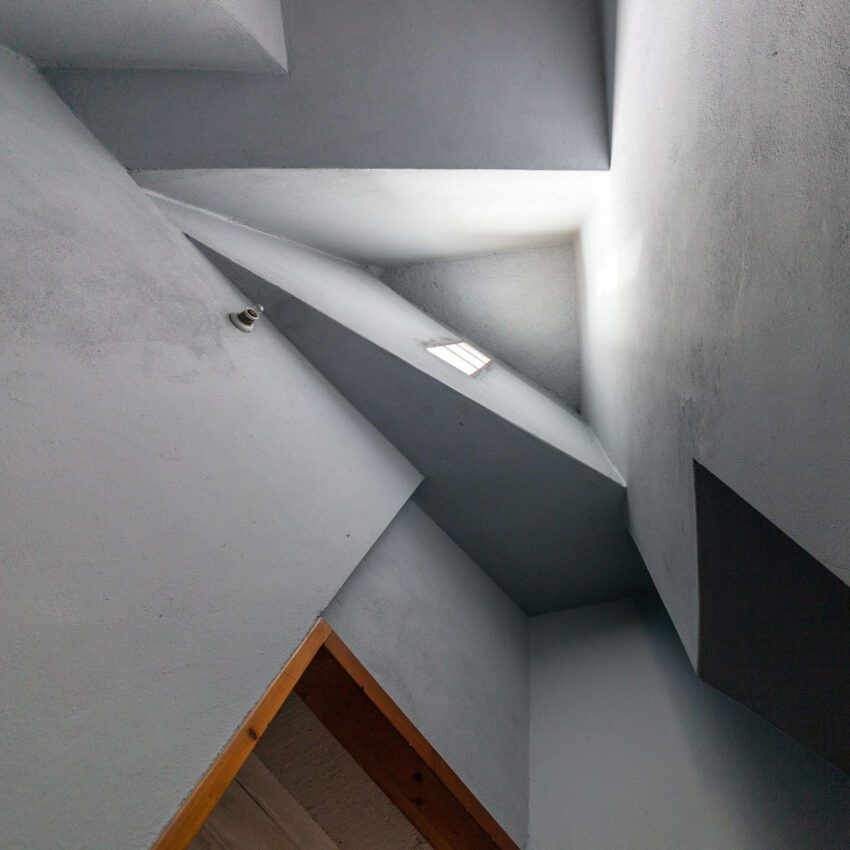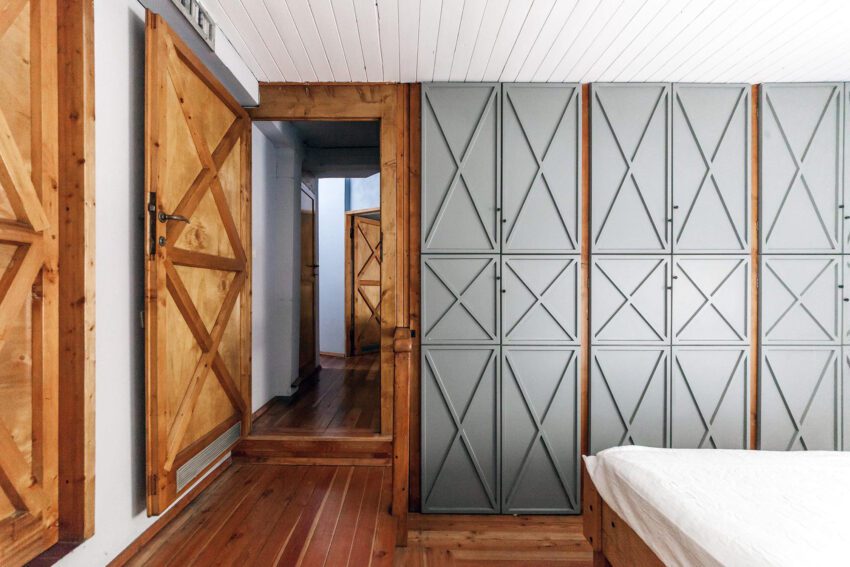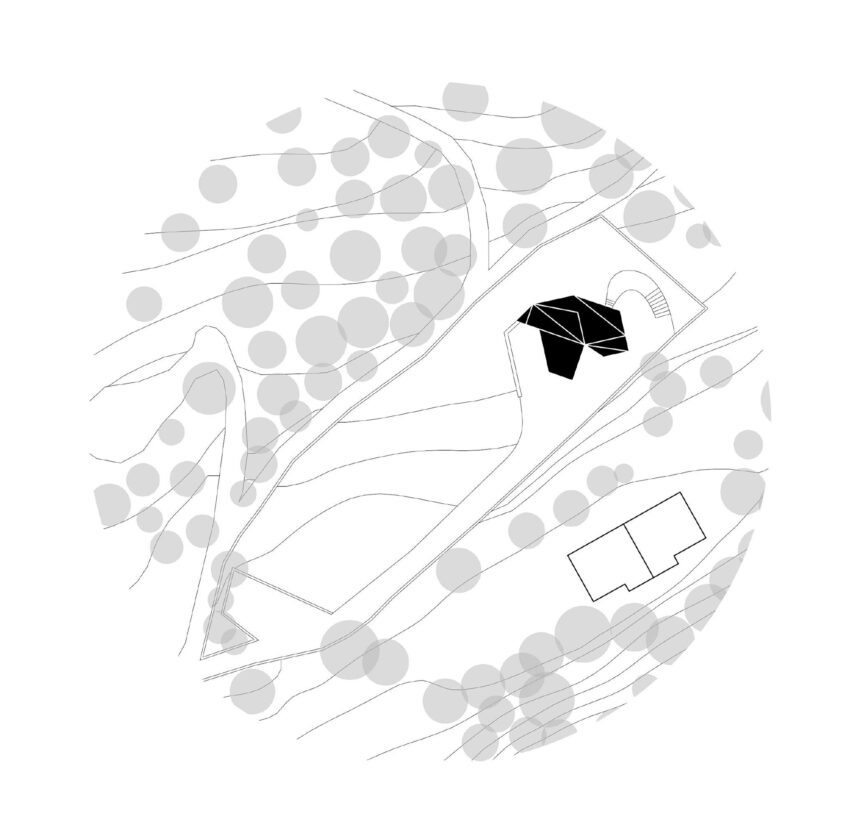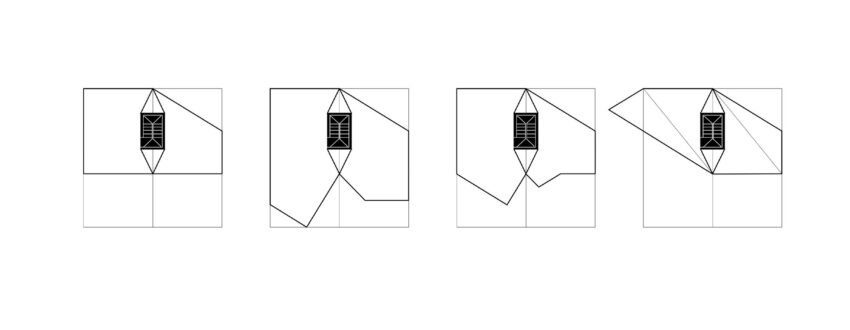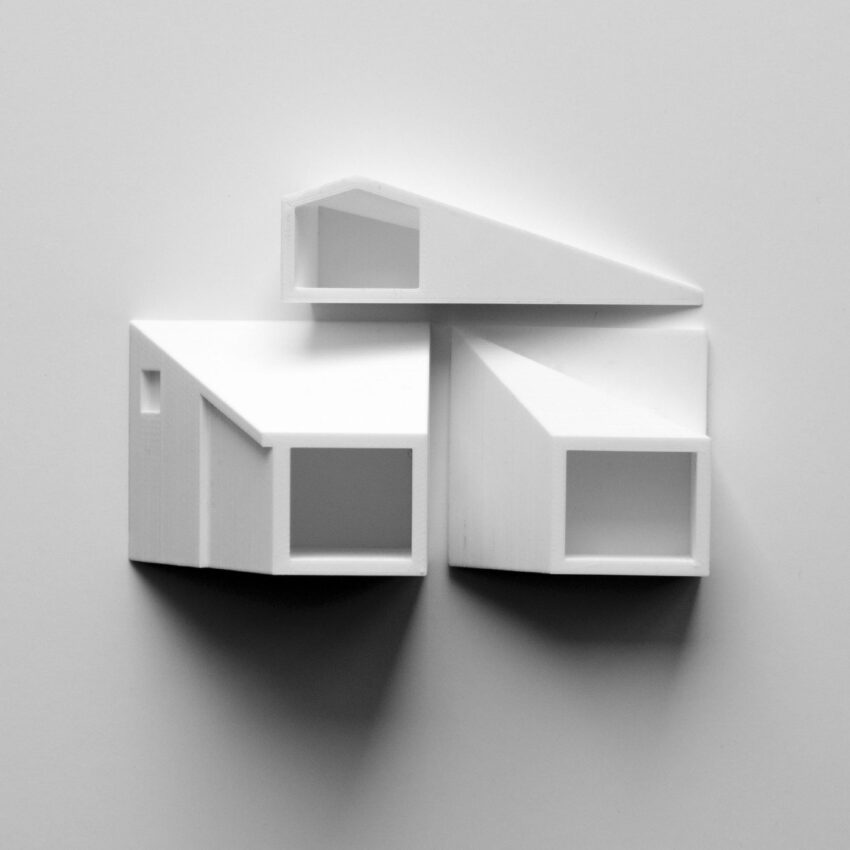Nestled in the rugged topography of Val Seriana, the Vacation House for the Artist Claudio Nani is a compelling example of mid-century Italian architecture that beautifully reconciles the contradictions between tradition and modernity. Designed in 1964 by Pino Pizzigoni for the artist Claudio Nani, this house serves as a reflection of the ongoing exploration of spatial quality that the Bergamo-based architect had been involved in throughout his career.
Vacation House for an Artist Technical Information
- Architects: Pino Pizzigoni, CN10ARCHITETTI1-2
- Location: Sant’Alberto, Parre, Italy
- Topics: Italian Houses, Stone Houses
- Project Year: 1964
- Photographs: ©CN10ARCHITETTI
The building originates from a point in space that, as it expands, radiates spherically, forming lines, surfaces, volumes, and spaces for use, both externally and internally. This is the idea at the foundation of Pizzigoni’s project: the creation of a sort of kaleidoscope through which to see the landscape, a habitable sculpture amidst nature.
– Claudio Nani
Vacation House for an Artist Photographs
A Fusion of Art and Architecture
The collaboration between Claudio Nani, the artist, and Pino Pizzigoni, an emblematic figure in Bergamo’s post-war architectural scene, is the linchpin of this extraordinary design. The project is a symbiotic fusion of an artist’s vision and an architect’s expertise, a testament to Pizzigoni’s commitment to innovative spatial solutions.
The project came into being at the end of 1963 when Nani was called upon by Pizzigoni to work on the tabernacle of the Longuelo Church. In exchange for this work, Pizzigoni designed the house as a holiday retreat for the artist and his family. Finalized in 1964, the house was completed a year later in 1965.
Situated in Sant’Alberto in the territory of Parre, the house reveals itself as a solid block embedded in a slope, its form echoing the rugged terrain behind and responding to the broad valley in front. The house virtually turns its back to Monte Alino and opens up to the majestic view of the Serio River flowing below.
The artist’s house unfolds as a singular piece of architecture whose imprints lie within a square of 11.50 meters on each side. At its core, the staircase serves not just as a distributive element but also as a robust hollow pillar, contributing to the structural integrity of the building. This built-form teems with large projecting volumes or ‘windows’ that are not just apertures but are spaces in themselves that dictate the organization of the primary internal environments.
Pizzigoni marries structural concerns with spatial experience, evident in the house’s tridimensional grid of isostatic triangles formed by beams and pillars. The internal spaces are enriched with stucco decorations and wooden linings, conceptualized and executed by Nani himself, which lends the house an artistic touch.
The house presents a contrasting visual language. Towards the mountain, the façade is rough, impenetrable, and almost fortress-like. In contrast, the valley-facing side is softer, featuring three suspended concrete crystals that carve out spaces of light and shadow, pulling the domestic dimension into the surrounding landscape.
Pizzigoni’s design philosophy comes to life in the project as a sort of habitable sculpture, a “kaleidoscope through which to see the landscape,” as Claudio Nani puts it. Here, the architecture is more than a built form; it is an interpretation of the raw and rugged natural landscape, transmuted into an abode that harmonizes structural ingenuity with artistic sensibility.
The project stands as an enduring exemplar of Pino Pizzigoni’s architectural oeuvre. It bears witness to the potential of architecture when executed as a dialogue between form, function, and site-specificity. Through its dynamic interplay of contrasting elements, from its truss-like structure to its expansive windows, the house encapsulates the enigmatic beauty of living amidst nature, all while embodying a timeless architectural language.
Vacation House for an Artist Plans
Vacation House for an Artist Image Gallery
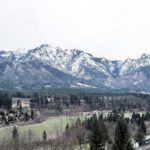

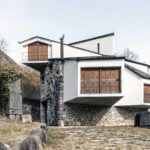



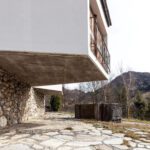
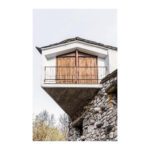
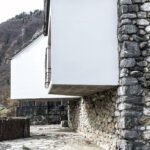
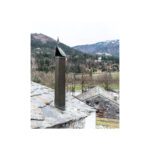




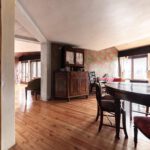
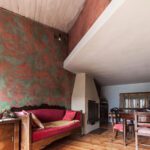
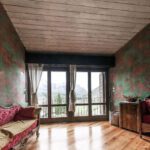
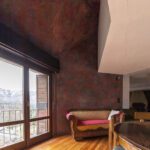
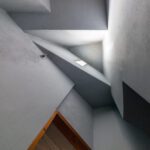
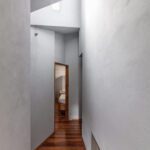
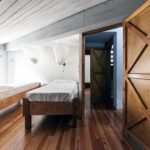

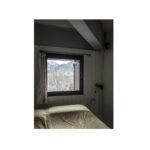
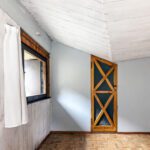
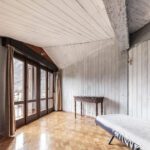
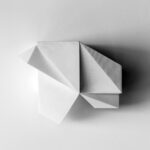
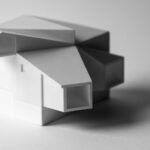

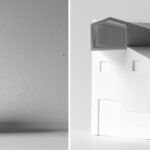
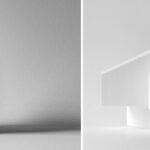
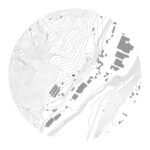

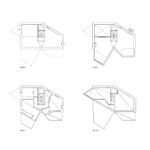
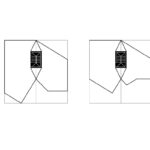
About Pino Pizzigoni
Giuseppe “Pino” Pizzigoni (1901–1967) was an Italian architect known for his innovative approaches in the field of architecture. His work is characterized by a constant search for new expressions and methods, notably his experiments with materials. Pizzigoni was particularly interested in the structural use of stone and granite, as well as in the manipulation of space using thin sails of reinforced concrete. These elements contributed to his unique architectural language, marking him as a pioneer in his time.
About CN10 Architetti
Founded in 2004 by Gianluca Gelmini, CN10 architetti is an architectural firm that specializes in both architectural design and the restoration of historical heritage across various scales. Some of their most significant projects include the restoration of the churches of San Giorgio and San Giuliano in Bonate Sotto, and the restoration and expansion of various historical buildings and centers in the Bergamo area. Guided by the philosophy that every architectural action inevitably brings about change, the firm focuses on understanding the deep relationships, characters, and materials of each context, aiming for designs that are respectful yet unafraid to question existing conditions.
Notes & Additional Credits
- Design Team: Ricerca Di Gianluca Gelmini
- Collaborators: Riccardo Miccoli, Andrea Pressiani

